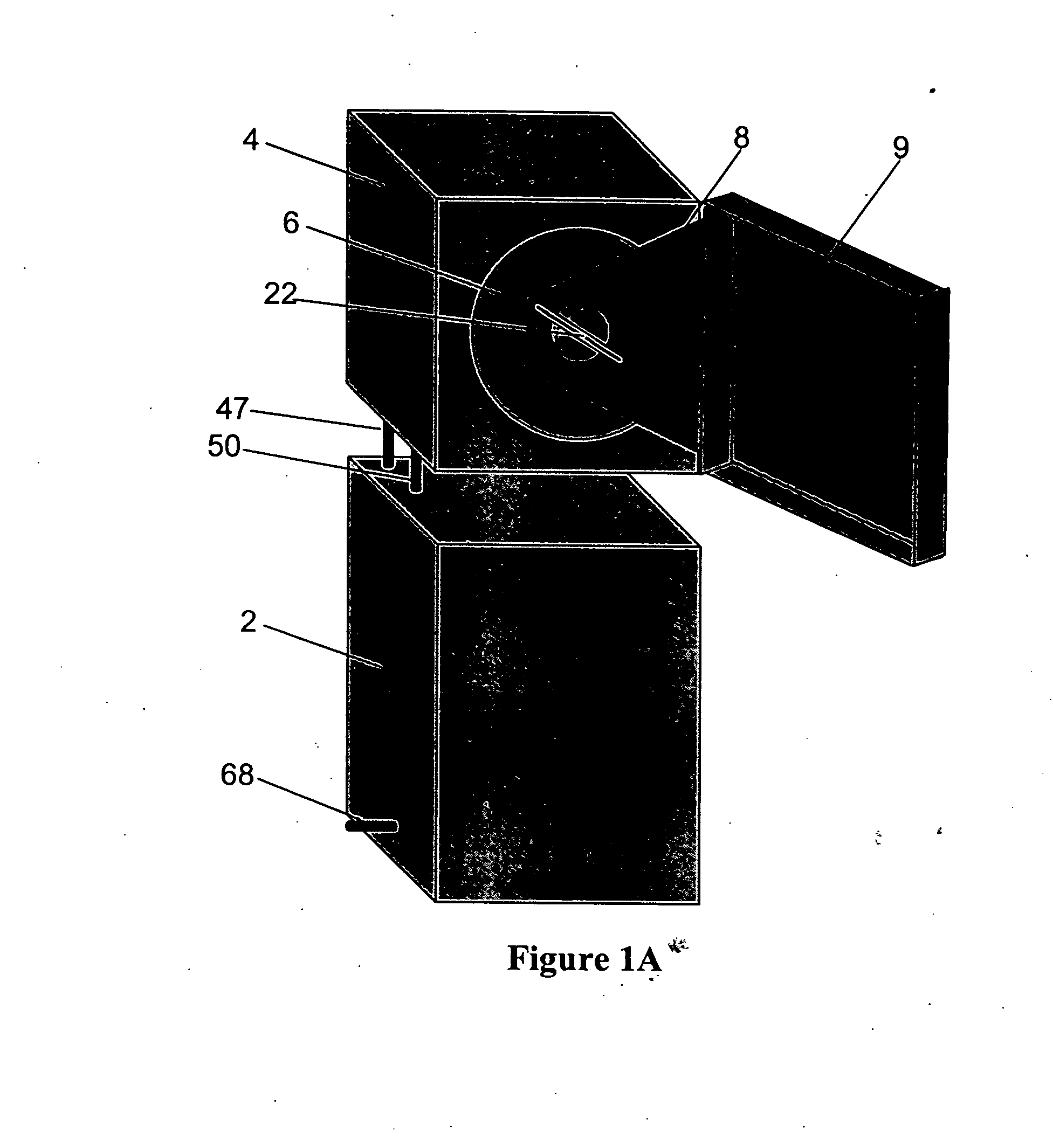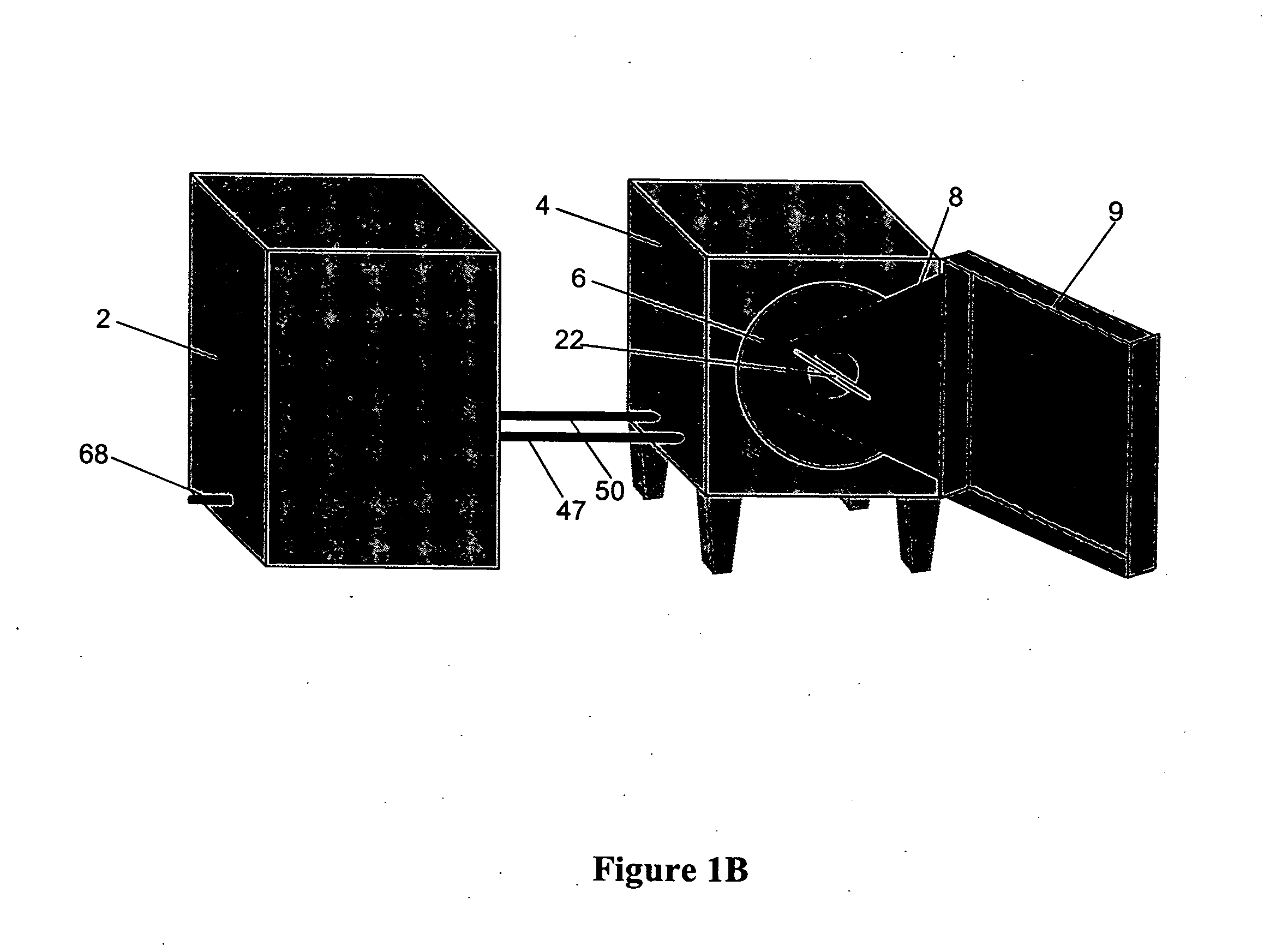Appliance for converting household waste into energy
a technology for converting household waste and energy, applied in the direction of liquid gas reaction process, combustible gas production, energy input, etc., can solve the problems of compactor failure, compactor not producing energy or heat, and no new appliances for single family or small multiple family residents
- Summary
- Abstract
- Description
- Claims
- Application Information
AI Technical Summary
Benefits of technology
Problems solved by technology
Method used
Image
Examples
example
[0030] The first step in the reduction to practice of the appliance of the subject invention was to conduct experimental, small-scale pilot tests to reveal the identity and nature of the syngas produced. Accordingly, just completed was a gas test using the Bear Creek Pilot plant where solid waste was steam / CO2 reformed to make syngas. The syngas composition is shown in Table 1 below.
TABLE 1H2Hydrogen62.71Vol %COCarbon Monoxide18.57 CO2Carbon Dioxide10.67 CH4Methane7.58C2H6Ethane0.48C3 TO C6Propane through hexaneC6H6BenzeneppmCOSCarbonyl Sulfide4ppmCS2Carbon Disulfide0.05ppmH2SHydrogen SulfideppmC10H8Naphthalene2.6ppbC10H7CH32-Methylnaphthalene˜0.6ppbC12H8Acenaphthalene˜0.4ppbC12H8ODibenzofuran0.36ppbPCDF + PCDDPolychlorinated-dibenzo-0.0041ppt TEQfurans + Dioxins
[0031] What has been found was that the syngas was very rich in hydrogen and carbon monoxide—most suitable for a variety of high temperature fuel cells (such as molten carbonate, solid oxide, and similar fuel cells.). And ...
PUM
| Property | Measurement | Unit |
|---|---|---|
| temperature | aaaaa | aaaaa |
| temperatures | aaaaa | aaaaa |
| vapor temperature | aaaaa | aaaaa |
Abstract
Description
Claims
Application Information
 Login to View More
Login to View More - R&D
- Intellectual Property
- Life Sciences
- Materials
- Tech Scout
- Unparalleled Data Quality
- Higher Quality Content
- 60% Fewer Hallucinations
Browse by: Latest US Patents, China's latest patents, Technical Efficacy Thesaurus, Application Domain, Technology Topic, Popular Technical Reports.
© 2025 PatSnap. All rights reserved.Legal|Privacy policy|Modern Slavery Act Transparency Statement|Sitemap|About US| Contact US: help@patsnap.com



